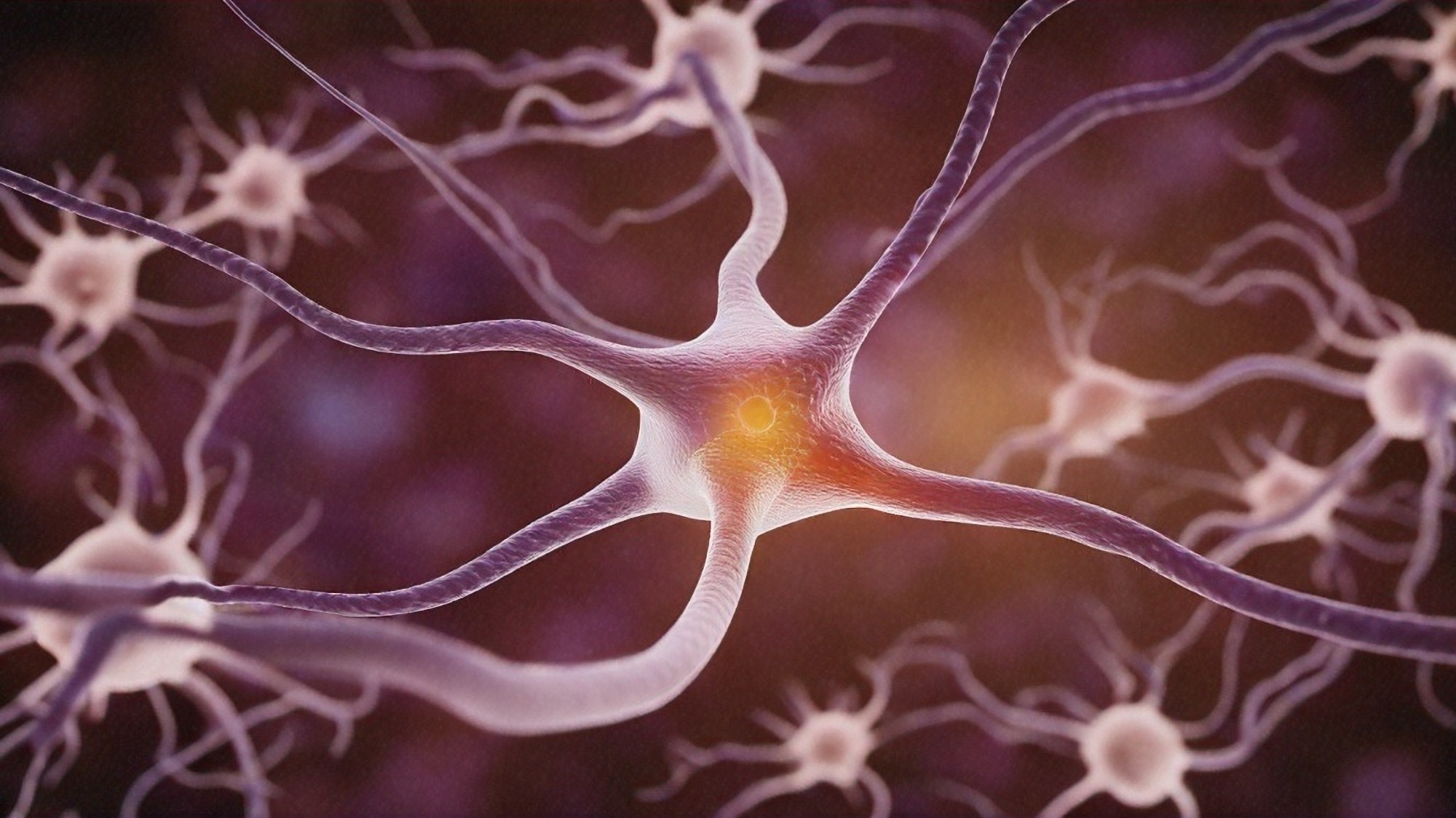By integrating diverse data sources, researchers unveil how cellular mechanisms influence individual brain connectivity patterns, bridging molecular detail with large-scale brain function.
Study: Integration across biophysical scales identifies molecular and cellular correlates of person-to-person variability in human brain connectivity. Image Credit: Shutterstock AI / Shutterstock.com
In a recent study published in the journal Nature Neuroscience, researchers explore associations between biochemical alternations and functional connectivity across brain regions.
Novel approaches to neuroscience research
One of the primary goals of neuroscience is to elucidate the role of microscale components, including protein molecules and cellular structures, in communication between discrete brain regions. To date, the molecular mechanisms involved in the functional connectivity within the brain remain unclear despite molecular and neuroimaging research independently revealing cognition and brain function correlates.
To date, antemortem neuroimaging data and postmortem molecular omics data were collected separately and, rarely, from the same individual, which has prevented the analysis of patient-specific ante- and postmortem data comparisons.
A potential solution for this data gap is acquiring multiple lines of antemortem and postmortem data from a consistent human sample pool. However, the complexity of this approach has prevented the validation of this hypothesis.
About the study
The present study utilized six unique data sources, including ante- and postmortems from elderly volunteers, to identify molecular mechanisms involved in brain connectivity. The study cohort comprised 98 adults, 77% of whom were female, from the Religious Orders Study and Rush Memory and Aging Project (ROSMAP).
While alive, patients underwent magnetic resonance imaging (MRI) and provided samples for genetic sequencing. Protein abundance, gene expression, and dendritic spine morphometry were determined after death. Data collection included annual clinical evaluations, alongside antemortem data collection, and participants’ brain donations for postmortem data.
Since the high number of identified proteins may differ in their relative abundances and expression levels between participants and across brain-region connectivity, the researchers focused on connectivity between the superior frontal gyrus (SFG) and inferior temporal gyrus (ITG).
Experimental procedures included structural- and functional MRI (fMRI) scans for obtaining neuroimaging data, multiplex tandem mass tag mass spectrometry (TMT-MS) and liquid chromatography coupled with tandem mass spectrometry (LS-MS/MS) for proteomic analysis, bicinchoninic acid assay for protein concentration estimation, and the Illumina TruSeq platform for transcriptomic data. For dendritic spine morphometry evaluations, excised SFG and ITG samples were subjected to Golgi-Cox staining followed by bright-field microscopy imaging.
Resting-state fMRI data from the Schaefer2018 functional atlas was used to separate the brain into functionally homogenous regions, thereby allowing for the estimation of functional connectivity between SFG and ITG. The Desikan-Killiany-Tourville (DKT) atlas, in tandem with the Freesurfer cortical surface platform, was used to derive structural covariation from participants’ brain morphological data.
Molecular model estimation using SpeakEasy, proteomic characterization from the GSEA database, and module—and molecule-level association analyses were also performed.
Study findings
Participants’ mean ages at the time of MRI imaging and mortality were 88 and 91 years, respectively. Schaefer2018 functional atlas extracted structural attributes were combined with DKT atlas datasets to separate the brain into 62 unique anatomical regions. Proteomic investigations of SFG and ITG molecular systems revealed significant gene/protein overlap between these regions.
Dendritic spine morphology characterization in tandem with GSEA analysis revealed protein-associated enrichment in spine density, synapses, and actin cytoskeletons. Functional associations, including neurotransmitter release and synaptic signaling, were also enriched. Notably, the SFG and ITG statistically differed in their spine density, filopodia density, and mushroom spine head diameter.
The current study validated the relevance of using antemortem and postmortem data in unison by highlighting molecular abundances and brain connectivity patterns. These patterns demonstrate significant regional specificity, thus necessitating future research on connectivity between other brain regions. Molecular and neuroimaging data indicated strong concordance with the results, confirming this approach’s robustness.
Our study has broader implications in that it demonstrates the feasibility of detecting synchrony among systems of different scales in humans, which constitutes a step toward a more coherent understanding of brain function.”
Conclusions
The current study is the first to combine antemortem and postmortem data from the same individuals. These findings reveal hundreds of unique proteins associated with brain-region connectivity, 12 of which exhibited causal associations, while others showed structural contributions.
These results provide a better understanding of the various molecular associations involved in brain-region connectivity. The researchers also successfully characterized a robust set of molecular signatures that can be used for future connectivity investigations and brain drug discovery research.
Acquiring data across the major perspectives in human neuroscience from the same set of brains is foundational for understanding how human brain function is supported at multiple biophysical scales.”
Journal reference:
- Ng, B., Tasaki, S., Greathouse, K. M. et al. (2024). Integration across biophysical scales identifies molecular and cellular correlates of person-to-person variability in human brain connectivity. Nature Neuroscience. doi:10.1038/s41593-024-01788-z
Source link : News-Medica

